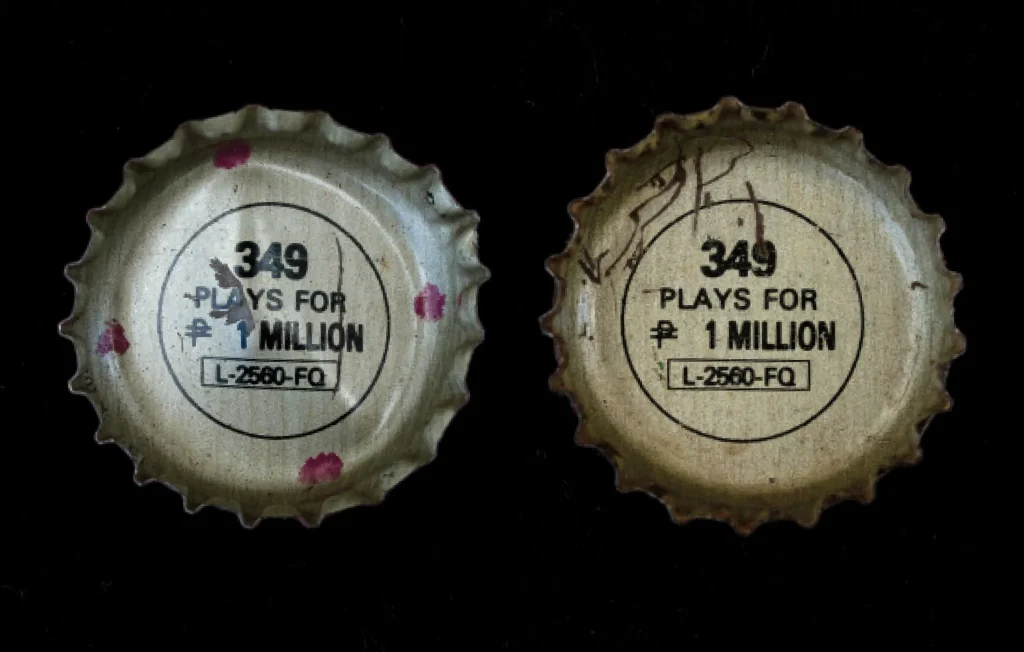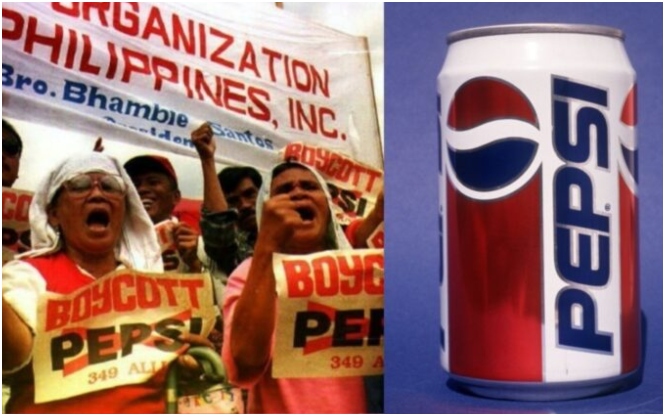What started as a clever marketing stunt nearly became one of the most expensive legal disasters in corporate history.
On May 25, 1992, a highly anticipated moment on Philippine television turned into chaos when PepsiCo’s “Number Fever” contest mistakenly declared hundreds of thousands of people millionaires—thanks to a computer glitch that printed the winning number “349” on 800,000 bottle caps instead of two.
The promotion, which had dominated the nation for months, was intended to lift Pepsi’s market share in the Philippines. And it worked—sales jumped 40%, production doubled, and market share climbed from 19% to 24%. But the company’s unexpected misprint quickly turned that fever into fury.
The Promotion That Broke the Country

Under the caps of specially marked Pepsi bottles were three-digit numbers. Each night, the number was announced live on television, offering small cash prizes, with two grand prizes worth ₱1 million (about $40,000 USD at the time). For a country where the average monthly family income was $100, the stakes were life-changing.
On the night of the grand prize reveal, 70% of the Philippine population tuned in to see the winning number.
“349.”

The reaction was explosive—entire neighborhoods erupted in celebration.
But jubilation gave way to outrage when it was revealed that hundreds of thousands of “winning” bottle caps were printed in error.
Pepsi claimed only two caps had the necessary security code. Angry consumers, many of whom held dozens of “349” caps, were turned away.
Legal Fallout: Class Actions, Criminal Complaints, and Death Threats
The public backlash was swift and severe. Riots broke out, Pepsi bottling plants were attacked with Molotov cocktails, and over 35 trucks were torched. Executives faced death threats, hired private security, and barricaded offices behind barbed wire. At one point, grenades were thrown—five people were killed.
Pepsi’s “goodwill” solution—offering ₱500 ($20 USD) to each holder of a faulty “349” cap—cost the company an estimated $10 million, but did little to contain the legal avalanche.
More than 5,800 legal actions were filed, including a $400 million class action lawsuit. Many Filipino consumers argued that Pepsi had not disclosed any security code requirement in their promotional materials, raising serious issues under consumer protection laws and commercial misrepresentation doctrines.
Eventually, the Philippine Department of Trade and Industry intervened, levying a ₱150,000 fine ($343,690.31 today) and tightening regulations on future consumer promotions.
Courts Reject Claims—but “349” Enters the Legal Lexicon
By 1994, 689 civil suits and 5,200 criminal complaints had been dismissed. But litigation dragged on for over a decade. In 2006, the Philippine Supreme Court ultimately ruled that Pepsi had not been negligent and bore no liability for damages caused by the numbering error.
The ruling emphasized that the presence of security codes, though not advertised, constituted a reasonable safeguard against fraud. The justices found no malice or gross negligence under Philippine tort law, effectively shielding the company from financial ruin.
The case set a major precedent for corporate liability in mass-market promotions, reinforcing the principle that errors without fraudulent intent may limit exposure under civil law, especially when companies offer reasonable compensation.
Legacy of a Legal Meltdown
In legal circles and on the streets, to be “349ed” became slang for being duped by a false promise. The case has since been studied in law schools, cited in marketing ethics debates, and remembered as a landmark case in corporate crisis management and liability law.
What was meant to be a $2 million PR campaign nearly cost the company $32 billion—more than 60% of the Philippines’ GDP at the time.
Over a decade later, Pepsi survived, but not unscathed. The Number Fever saga remains a cautionary tale for corporations globally: when the stakes are high, the fine print—and the software—better be flawless.

